IMF chief economist Gita Gopinath warned that auto tariffs could be more damaging to the world economy than US-China trade war. She said on the sidelines of IMF and World Bank annual meeting, “we are concerned about what auto tariffs would do to the global economy at a time when we are more in the recovery phase.”
Trade conflicts of the US and others, including China, EU, Canada and Japan could spill over into the auto sector. And that could have severe damage to the global manufacturing supply chains, She warned, “that would actually be far more costly for the world economy than just the U.S.-China trade tensions that we had.”
In the US, the Commerce Department has already submitted Section 232 national security report on auto imports earlier this year. Trump will have until May 17 to decide whether he wants to extend punitive tariffs from steal to auto, and from rival in China to allies in EU, Canada and Japan.




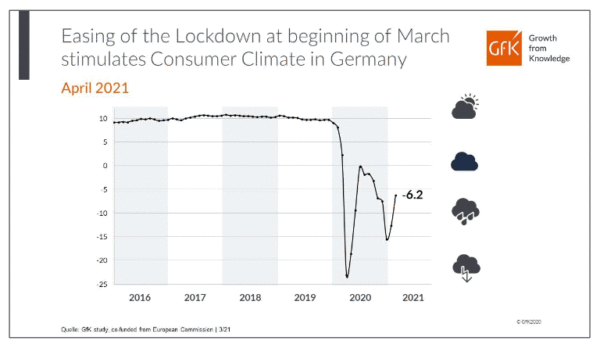
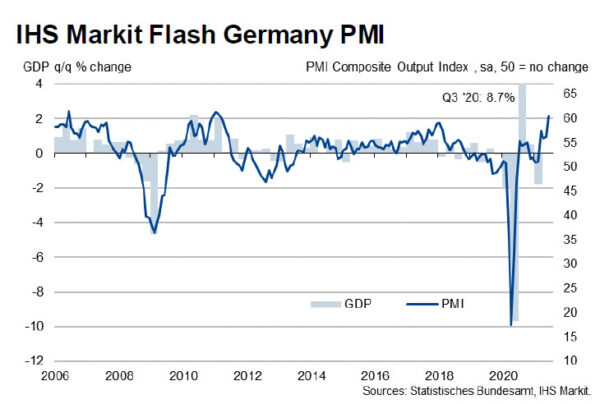
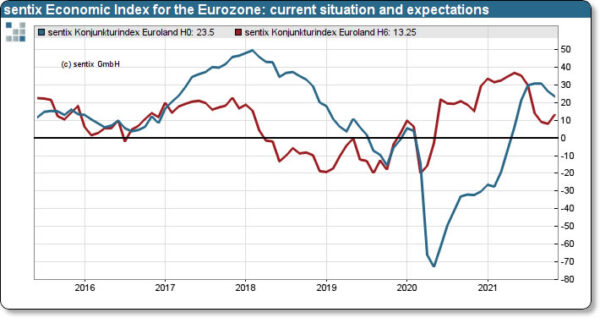
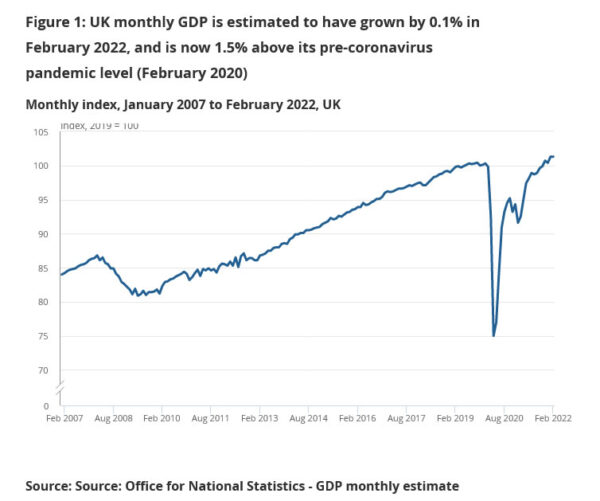
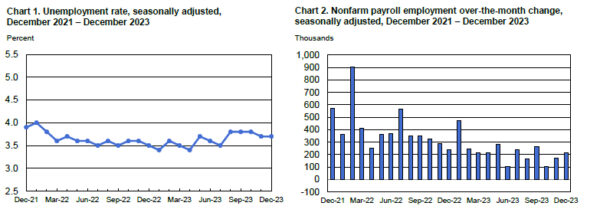
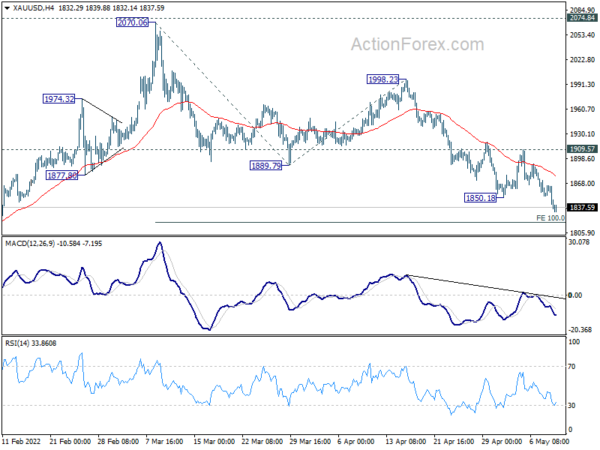
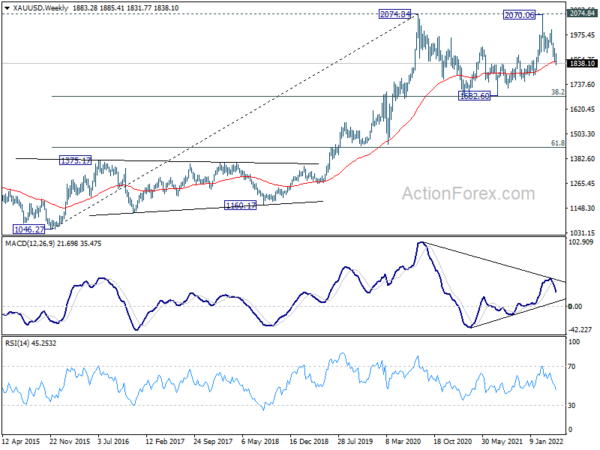
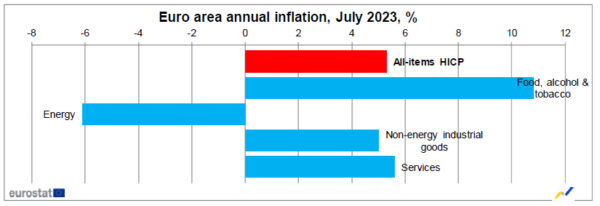
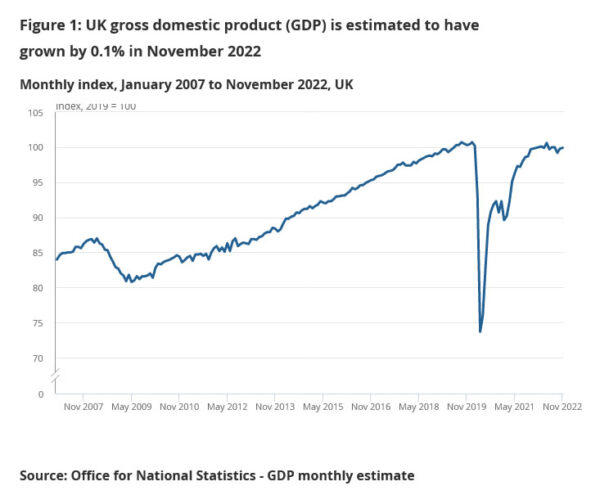
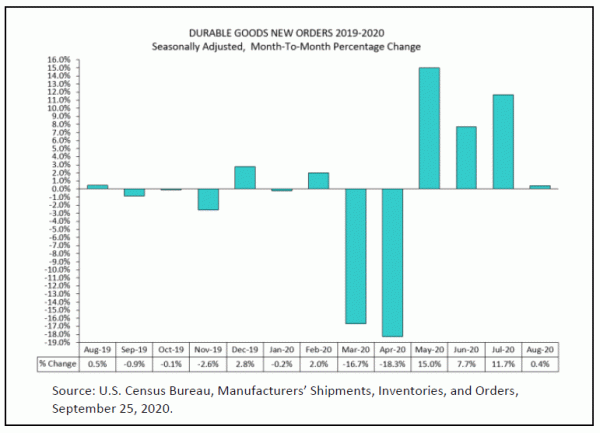
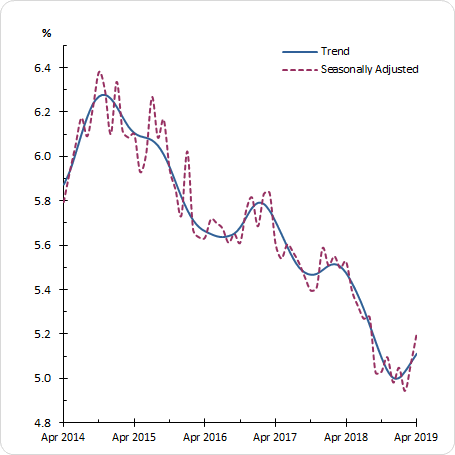
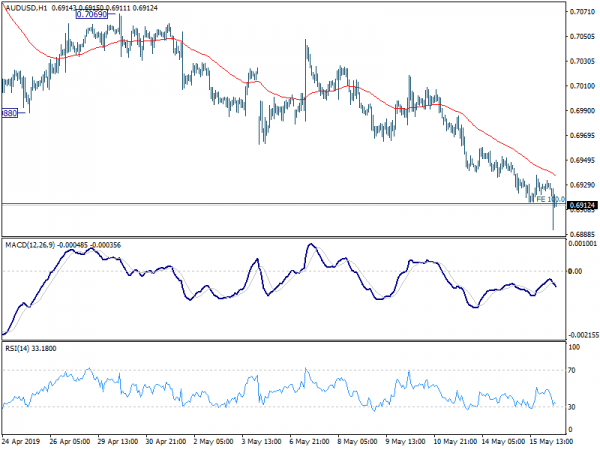

RBA stands pat, upgrades inflation forecasts, not ruling anything in or out
RBA left cash rate target unchanged at 4.35% as widely expected. The central bank maintained that it’s “not ruling anything in or out” regarding the next move in monetary policy because of uncertainty surround inflation outlook.
In the new economic forecasts, both headline and core inflation forecasts for 2024 are upgraded substantially. Meanwhile, growth forecasts were downgraded slightly for both 2024 and 2025.
Year-average GDP growth:
Year-ended CPI inflation:
Year-ended trimmed mean inflation:
Full RBA statement and SoMP here.